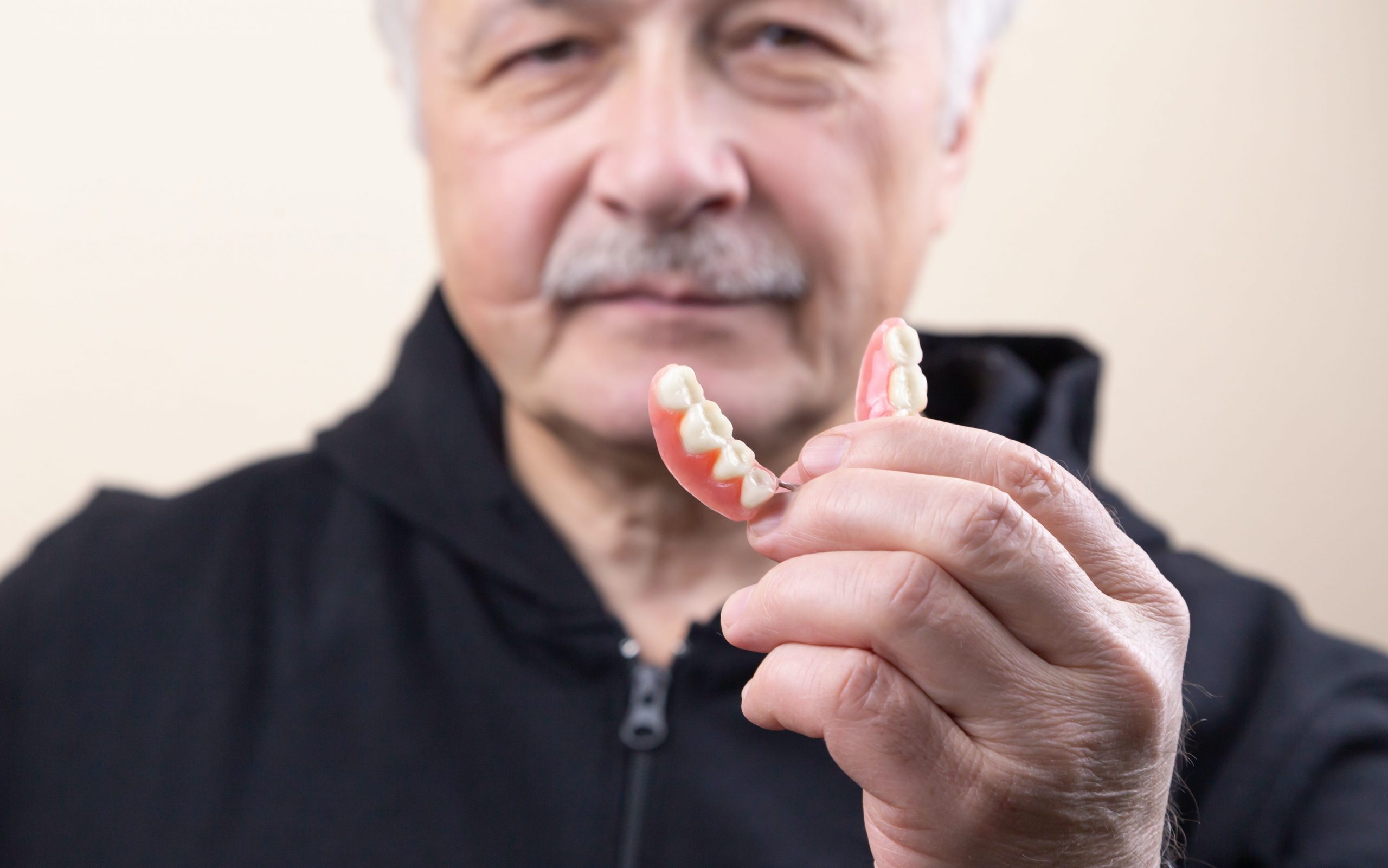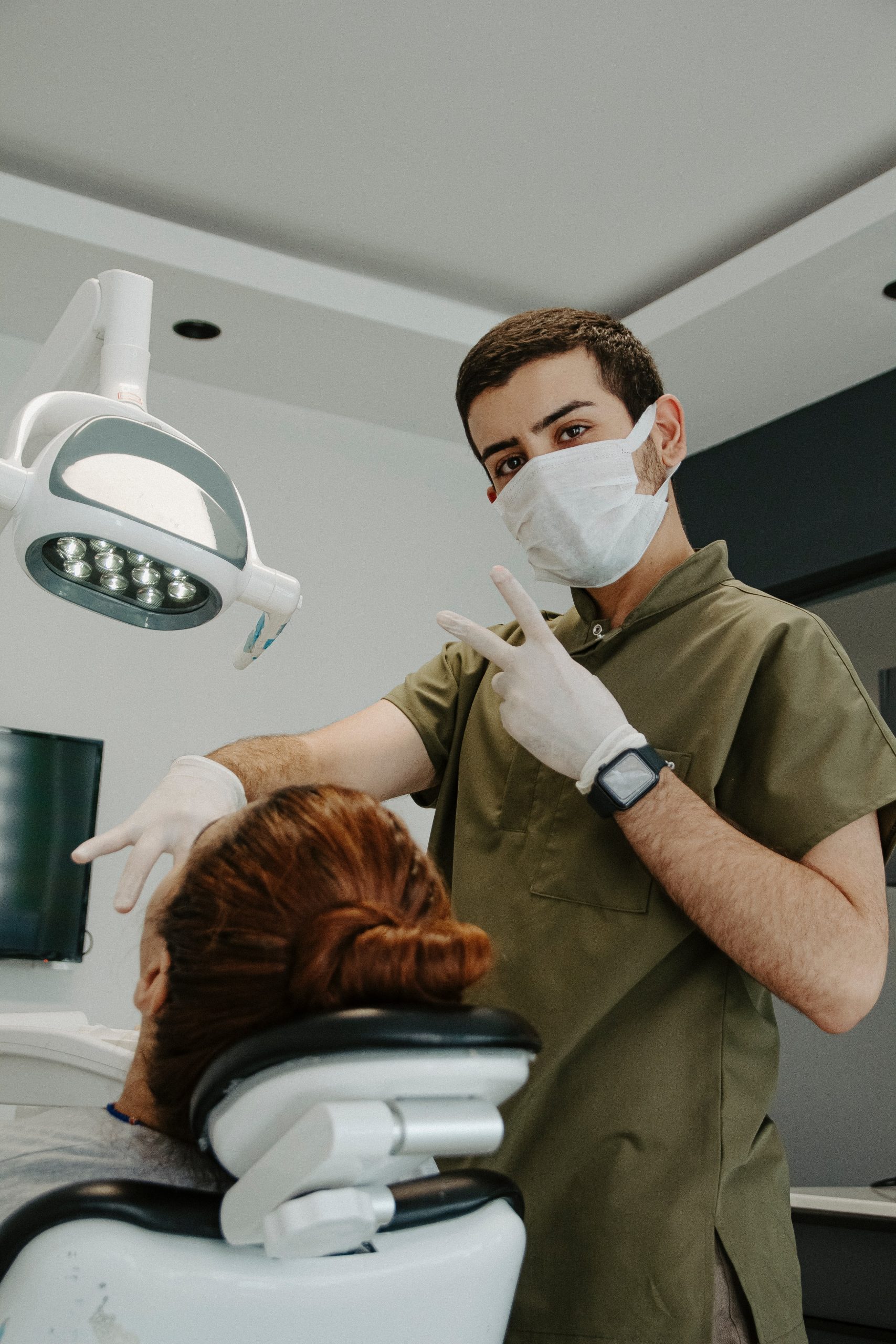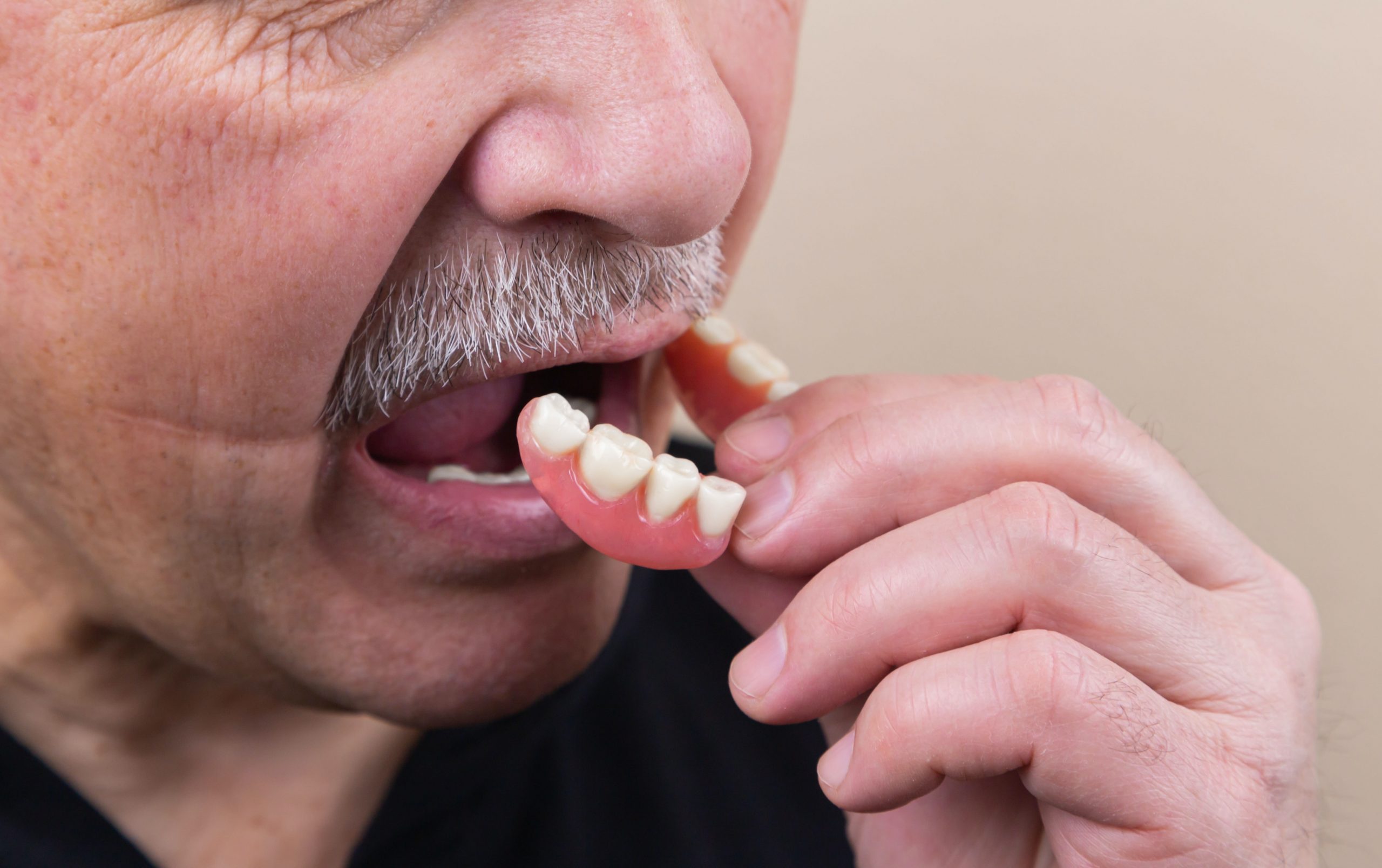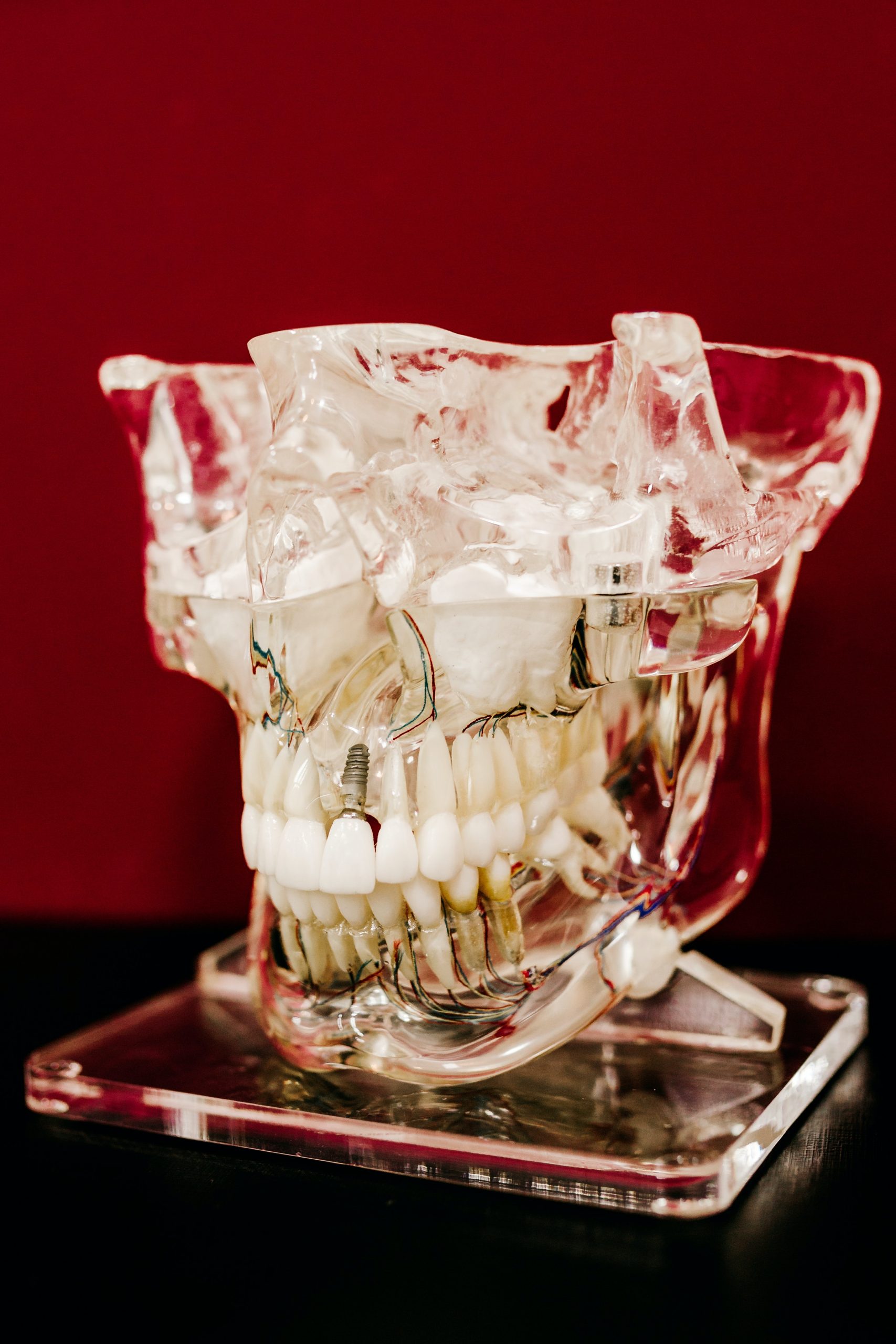
Prosthodontic Treatment of The Severely Worn Dentition
Severe tooth wear can cause significant functional and aesthetic problems for patients. It can lead to sensitivity, difficulty in chewing, and a loss of vertical dimension of occlusion, resulting in an aged and tired appearance. Prosthodontic treatment of severely worn dentition aims to restore function, esthetics, and comfort to the patient. In this essay, we will discuss the prosthodontic treatment options for the severely worn dentition.
Diagnosis and Treatment Planning: The first step in treating the severely worn dentition is a comprehensive diagnosis and treatment plan. This involves a detailed examination, including radiographs, diagnostic casts, and photographs. The examination should focus on identifying the etiology of the tooth wear, determining the extent of the wear, and assessing the occlusal and temporomandibular joint (TMJ) status. A thorough diagnosis is essential to develop an appropriate and successful treatment plan.
Treatment Options: The treatment options for the severely worn dentition vary depending on the extent of wear, the occlusal relationship, the esthetic demands, and the patient’s budget. The following are some of the common treatment options:
Direct Composite Resin Restorations: Direct composite resin restorations are the most conservative and cost-effective treatment option. They are indicated for small and localized areas of tooth wear, and they require minimal tooth preparation.
Indirect Restorations: Indirect restorations, such as crowns, inlays, and onlays, are indicated for moderate to severe tooth wear. They provide better esthetics, durability, and function than direct restorations, but they require more extensive tooth preparation.
Full-Mouth Rehabilitation: Full-mouth rehabilitation is indicated for severe tooth wear that affects the entire dentition. It involves restoring the occlusal and esthetic relationship of the teeth, and it often requires a combination of indirect restorations, orthodontics, and occlusal adjustments.
Maxillofacial Prosthetics: Maxillofacial prosthetics are indicated for patients who have lost teeth due to trauma or disease. They involve the use of removable or fixed prostheses to replace missing teeth, and they are often combined with other treatments, such as implants or bone grafting.
Conclusion: The prosthodontic treatment of the severely worn dentition requires a thorough diagnosis and treatment plan to achieve successful outcomes. The treatment options vary depending on the extent of wear, occlusal relationship, esthetic demands, and patient’s budget. Direct composite resin restorations, indirect restorations, full-mouth rehabilitation, and maxillofacial prosthetics are some of the common treatment options. The selection of the appropriate treatment depends on the individual case, and it should involve a multidisciplinary approach involving prosthodontists, restorative dentists, and orthodontists.






